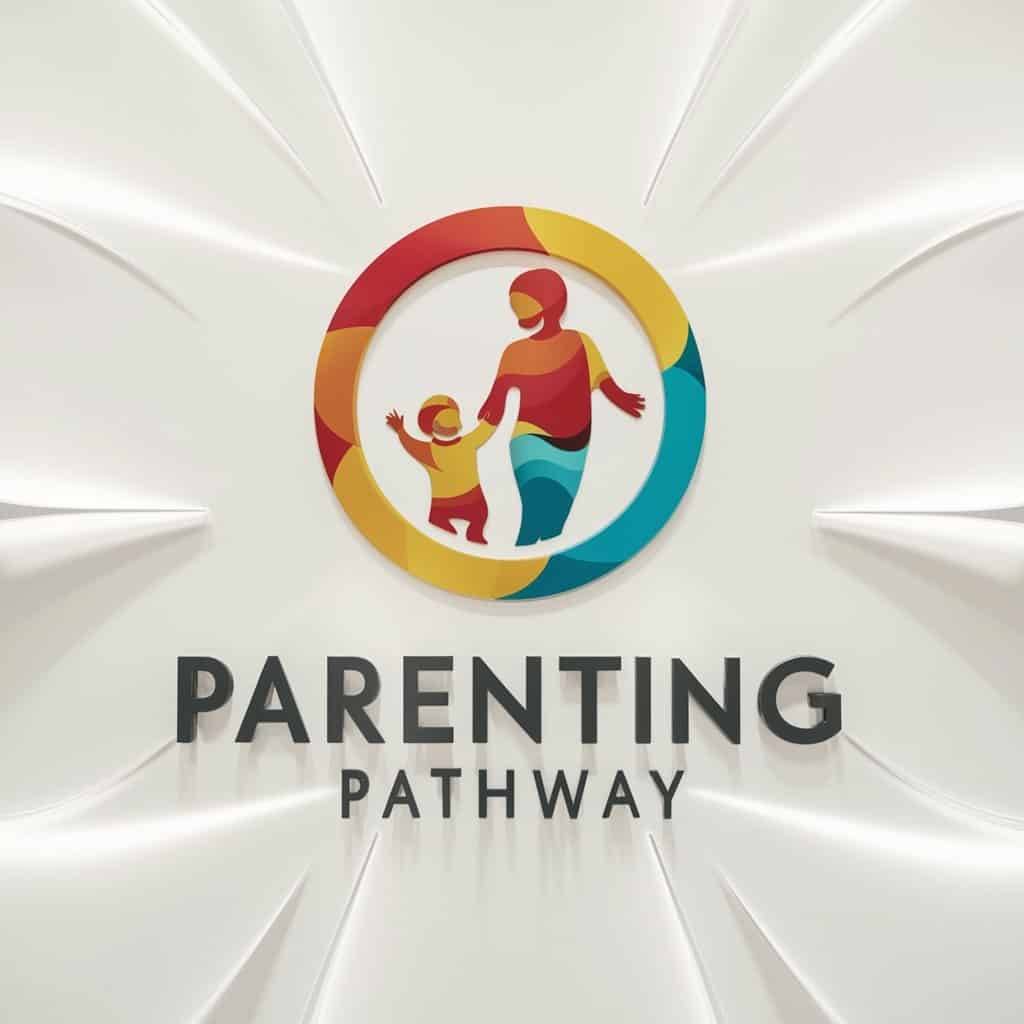ADHD vs. Autism: When to See a Child Psychiatrist or Psychologist
Back to Blog
Understanding ADHD and Autism
Attention Deficit Hyperactivity Disorder (ADHD) and Autism Spectrum Disorder (ASD) are distinct neurodevelopmental conditions that impact children’s behavior and development in various ways. Both conditions can affect daily functioning, but understanding their unique characteristics is vital for parents seeking appropriate support for their children.
ADHD primarily manifests through symptoms of inattention, hyperactivity, and impulsivity. Children diagnosed with ADHD may struggle to focus on tasks, exhibit excessive movement, or interrupt others during conversations. This condition often leads to challenges in academic settings, social situations, and even family dynamics. The symptoms of ADHD can vary widely among children, as some may be primarily inattentive, while others may display significant hyperactive behaviors.
On the other hand, Autism Spectrum Disorder encompasses a broad range of developmental differences characterized by difficulties in social interaction, communication challenges, and restricted or repetitive behaviors. Children with ASD may have trouble understanding social cues, forming peer relationships, or may engage in repetitive movements. They might also exhibit intense interests in specific topics, which may be accompanied by a resistance to change in routine or environment. The spectrums of autism indicate that symptoms can present dramatically different across individuals.
Both ADHD and ASD can result in overlapping behavioral symptoms, such as impulsivity and difficulties with attention. However, the underlying causes and manifestations differ significantly. While ADHD may lead to impulsive behaviors stemming from struggles with self-regulation, ASD often involves challenges in communicating and interpreting social interaction. This highlights the necessity for a nuanced understanding of these disorders, as effective interventions may vary widely depending on an accurate diagnosis.
Signs and Symptoms of ADHD
Attention-Deficit/Hyperactivity Disorder (ADHD) is a neurological condition typically characterized by three core symptoms: inattention, hyperactivity, and impulsivity. Identifying these signs early can facilitate timely interventions, making it crucial for parents and educators to be aware of these manifestations. Inattention may present as a child’s difficulty in focusing on tasks or listening during conversations. For example, a child may frequently lose items necessary for completing schoolwork or may struggle to follow multi-step directions. This often leads to unfinished assignments and a pattern of careless mistakes.
Hyperactivity involves excessive movement that is not appropriate for the setting. This might be observed as a child who is constantly fidgeting, unable to remain seated during class, or excessively talking. Such behaviors can disrupt lessons and prevent the child from engaging with peers. Impulsivity encompasses hasty actions without considering the consequences. A child might be known to blurt out answers in class, interrupt others during conversations, or struggle with waiting their turn in group activities, which can lead to social difficulties.
The manifestation of these symptoms can vary significantly between home and school environments. For instance, while a child may exhibit hyperactive behavior at home, they might be more withdrawn in a structured classroom. It is essential for parents to note these variations, as they can provide valuable context to healthcare professionals during evaluations. In some cases, the signs may become evident only in specific settings, underscoring the importance of comprehensive assessments by child psychiatrists or psychologists. Ultimately, recognizing these signs early can empower parents to seek appropriate support and guidance for their child’s developmental needs.
Signs and Symptoms of Autism
Autism Spectrum Disorder (ASD) encompasses a range of developmental conditions characterized by notable challenges in social communication and a tendency towards repetitive behaviors. Parents and caregivers play a critical role in identifying these signs early, as they frequently manifest differently in each individual. Recognizing the core symptoms can ultimately lead to timely intervention and support for children with autism.
One prominent sign of autism is difficulty with social communication. Children with ASD may struggle to understand social cues, such as body language or facial expressions, which can hinder their ability to engage in typical interactions with peers. Some might avoid eye contact or prefer solitary play over group activities, further complicating their social connections. This can lead to feelings of isolation, as they may not relate to the social dynamics that come naturally to their neurotypical peers.
In addition to social challenges, repetitive behaviors are often observed in children on the autism spectrum. These may include actions such as hand-flapping, rocking back and forth, or insistence on following specific routines. These behaviors serve as a source of comfort and predictability for the child, which is particularly important as they navigate an often overwhelming world. For instance, a child might display extreme distress when their routine is disrupted, illustrating how anxiety and rigidity can accompany autism.
Lastly, restricted interests are another hallmark of ASD. Children may become engrossed in particular subjects or activities, displaying an intense focus on specific topics. While this can contextually foster expertise, it can also limit their engagement with diverse aspects of their environment. The severity of these symptoms can considerably vary across the autism spectrum, necessitating careful observation and, when necessary, professional evaluation to determine appropriate support or intervention strategies. Parents are encouraged to monitor these signs in their children and consult with a child psychiatrist or psychologist if concerns arise.
When to Seek Professional Help
Understanding when to seek professional help for children displaying symptoms of ADHD or autism is pivotal for their development and well-being. Parents are often the first to notice behavioral patterns that may indicate the need for further evaluation by a child psychiatrist or psychologist. Various circumstances can prompt this consideration, particularly when children exhibit persistent behavioral issues that interfere with daily life. If a child is consistently unable to manage impulsivity, exhibits extreme emotional responses, or demonstrates difficulty in following basic rules at home or in school, it may be necessary to evaluate them further. These issues can hinder their ability to thrive in academic and interpersonal settings.
Additionally, challenges in social interactions often signal the need for professional intervention. Children with ADHD or autism might struggle to form and maintain friendships, display atypical responses in social situations, or fail to grasp social cues. Such difficulties can lead to feelings of isolation or anxiety, warranting a closer examination by specialists who are adept in child psychology. A qualified child psychiatrist or psychologist can offer insights into these behavioral dynamics and recommend strategies or interventions tailored to the child’s specific needs.
Moreover, difficulties in academic settings can further highlight the necessity for seeking assistance. Children may display signs of academic underperformance due to behavioral challenges linked to ADHD or autism. Issues such as inattention, lack of motivation, or difficulty adapting to structured learning environments can impede educational progress. Early intervention can significantly enhance the child’s learning experience by identifying underlying conditions and providing appropriate support. Engaging a child psychiatrist or psychologist early on can facilitate timely assessments and the implementation of effective strategies, ultimately promoting a more favorable outcome for the child’s development.
Role of Child Psychiatrists and Psychologists
Child psychiatrists and psychologists serve distinct yet complementary roles in the assessment and treatment of ADHD and Autism. Understanding these differences can help parents make informed decisions regarding their child’s mental health care. Child psychiatrists are medical doctors specializing in diagnosing and treating mental health disorders in children. They possess extensive training in medicine, psychiatry, and child development. Their approach often includes a thorough medical assessment, which may involve taking a comprehensive medical history, conducting a physical examination, and ordering tests to rule out any underlying medical issues. Child psychiatrists are also authorized to prescribe medication, which can be an essential component of treatment for conditions such as ADHD.
In contrast, child psychologists hold advanced degrees in psychology and primarily focus on behavioral assessments and therapeutic interventions. They utilize a variety of techniques to evaluate a child’s emotional and cognitive functioning, including standardized tests, interviews, and observations. Child psychologists place significant emphasis on therapy, employing methods like cognitive-behavioral therapy (CBT), play therapy, or family therapy to help children manage their symptoms and develop coping strategies. While they cannot prescribe medication, they often collaborate with child psychiatrists to create a comprehensive treatment plan that addresses both psychological and medical needs.
During evaluations and therapy sessions, parents can expect a supportive and structured environment. Child psychiatrists may spend time discussing behavior patterns, emotional challenges, and any familial influences that could contribute to the child’s condition. Psychologists typically focus on understanding the child’s thoughts, feelings, and behaviors in-depth. Both professionals aim to provide a thorough understanding of the child’s challenges and strengths, establishing a foundation for effective intervention. Choosing between a child psychiatrist or psychologist will depend on the specific needs of the child and the type of support required for their developmental journey.
Assessment Tools and Diagnostic Criteria
Accurate assessment and diagnosis of Attention Deficit Hyperactivity Disorder (ADHD) and Autism Spectrum Disorder (ASD) are essential for effective intervention. A variety of tools and criteria are employed in this multifaceted process. Central to the diagnosis is the Diagnostic and Statistical Manual of Mental Disorders, Fifth Edition (DSM-5), which offers standardized criteria for both conditions. Clinicians utilize these criteria to establish diagnoses based on a comprehensive understanding of the child’s behavior and development.
Standardized assessment instruments play a critical role in the evaluation process. These may include structured rating scales, self-report questionnaires, and parent and teacher surveys. For instance, the Conners Rating Scales are widely used for diagnosing ADHD, while the Autism Diagnostic Observation Schedule (ADOS) is effective in assessing social communication behaviors characteristic of ASD. Such tools provide quantifiable data on the frequency of symptoms, allowing clinicians to compare the child’s behaviors against established benchmarks.
Moreover, observational techniques are vital in understanding a child’s interactions in various settings. Clinicians may conduct structured observations in both home and school environments to gather insights into the child’s behavior across contexts. This holistic approach ensures that the assessment captures the full spectrum of symptoms, contributing to more accurate diagnoses and treatment plans.
Interviews with parents and teachers are equally important in the assessment process. Parents often provide valuable information on developmental history, while teachers can offer perspectives on the child’s behavior in academic settings. These interviews can highlight discrepancies in behavior observed in different environments, which is particularly crucial in differentiating between ADHD and ASD symptoms. The integration of these diverse sources of information ensures a thorough evaluation, ultimately guiding the clinician in making an informed diagnosis.
Treatment Options for ADHD and Autism
When addressing the treatment options for children diagnosed with Attention-Deficit/Hyperactivity Disorder (ADHD) and Autism Spectrum Disorder (ASD), it is essential to recognize that each child is unique, necessitating tailored interventions. A comprehensive approach to treatment often combines behavioral therapies, medication management, and educational support strategies, allowing for a multidimensional support system.
Behavioral therapies are frequently at the forefront of treatment, focusing on modifying specific behaviors and fostering essential life skills. For children with ADHD, techniques such as Cognitive Behavioral Therapy (CBT) can help improve attention and reduce impulsivity. In the case of autism, Applied Behavior Analysis (ABA) is particularly effective, as it employs structured reinforcement strategies to promote positive behaviors while minimizing negative ones. These therapies should be customized to cater to the individual needs and strengths of each child, ensuring that the interventions are practical and relevant.
Medication management can also play a critical role in treating ADHD. Stimulant medications such as methylphenidate and amphetamines are commonly prescribed to help alleviate symptoms of inattention and hyperactivity. Children with autism may also benefit from medications targeting specific co-occurring symptoms, such as anxiety or irritability. It is imperative that healthcare professionals collaborate closely with parents to monitor medication effects and adjust dosages as necessary.
Furthermore, educational support strategies should not be overlooked. Individualized Education Plans (IEPs) and interventions in school settings can help accommodate the learning needs of children with ADHD and autism. Collaborating with educators, mental health professionals, and families is crucial to create a nurturing environment that promotes academic and social progress.
Ultimately, a multidisciplinary approach is vital in developing effective treatment plans that address the complex behaviors associated with ADHD and autism. By combining therapies, medication, and educational support, practitioners can better equip children with the tools they need to thrive.
Supporting Families with ADHD and Autism
Families navigating the challenges associated with ADHD and Autism often require a comprehensive support system to help address the unique needs arising from these conditions. Numerous local and national organizations offer a wealth of resources dedicated to providing advocacy, education, and direct assistance. Resources such as the National Alliance on Mental Illness (NAMI) and the Autism Society of America are invaluable for families seeking information and community connections. They work tirelessly to raise awareness and promote understanding about ADHD and Autism, ultimately fostering an environment that encourages inclusion and support.
Support groups can significantly benefit families dealing with ADHD and Autism. These groups provide a safe space for caregivers to share their experiences, obtain practical advice, and build lasting relationships with others who understand their daily challenges. By engaging in these community-driven networks, families can gather strategies to manage behavioral difficulties, educational challenges, and social integration. Online communities also enable families to connect with others globally, sharing insights and garnering support from a broader audience.
It is crucial for caregivers to prioritize self-care, as this not only contributes to their well-being but also enhances their ability to support their children effectively. Taking time for personal interests, engaging in physical activities, or seeking professional support through therapy can alleviate stress and foster resilience. Caregivers who prioritize their mental and emotional health are often more equipped to handle the demands that come with ADHD and Autism.
Family dynamics can serve as a pillar of strength during difficult times. By fostering open communication, encouraging teamwork, and actively involving siblings in the journey, families can cultivate a sense of unity and resilience. Celebrating small victories and recognizing each family member’s contributions can further strengthen relationships and create a positive environment that benefits everyone involved.
Conclusion
In this blog post, we have examined the distinctions between Attention Deficit Hyperactivity Disorder (ADHD) and Autism Spectrum Disorder (ASD), focusing on the characteristics and symptoms that define each condition. Understanding these differences is crucial for parents and guardians, as it enables them to identify when their child may be exhibiting signs that necessitate professional evaluation. Both ADHD and autism manifest uniquely, and recognizing these signs early can significantly improve outcomes through timely interventions.
Seeking assistance from a qualified child psychiatrist or psychologist can facilitate a comprehensive assessment, leading to appropriate treatment options tailored specifically to the child’s needs. It is essential for parents to maintain open communication with mental health professionals, ensuring that they are actively involved in their child’s journey towards enhanced emotional and cognitive well-being.
Furthermore, navigating the mental health care system can often seem daunting. Parents should remain proactive in their approach, advocating for their child’s needs while also informing themselves about the available resources in their community. Workshops, support groups, and online resources can empower families, providing them with additional knowledge and insights into managing ADHD or autism effectively.
Ultimately, prioritizing a child’s emotional and developmental health is of utmost importance. By being informed about the symptoms, risks, and treatment options associated with ADHD and autism, parents can make well-informed decisions that positively impact their child’s life. Encouraging a nurturing environment and consistently checking in with mental health professionals can greatly assist in promoting resilience and growth within your child. By taking these steps, parents can ensure they are doing their best to support their child’s mental health and development.




Leave a Reply